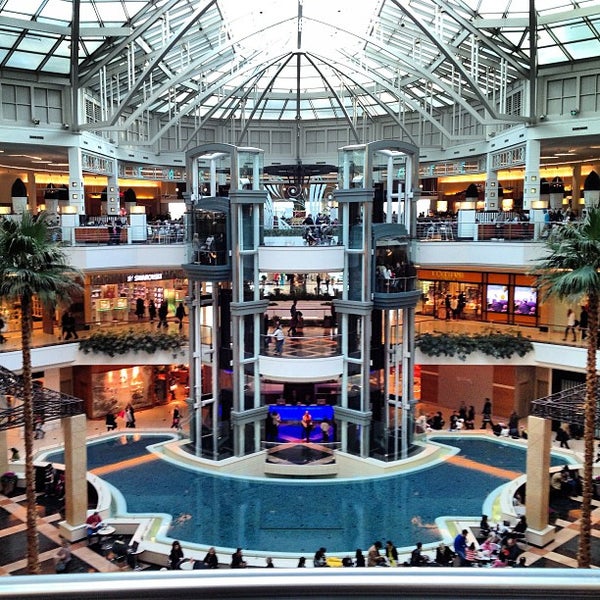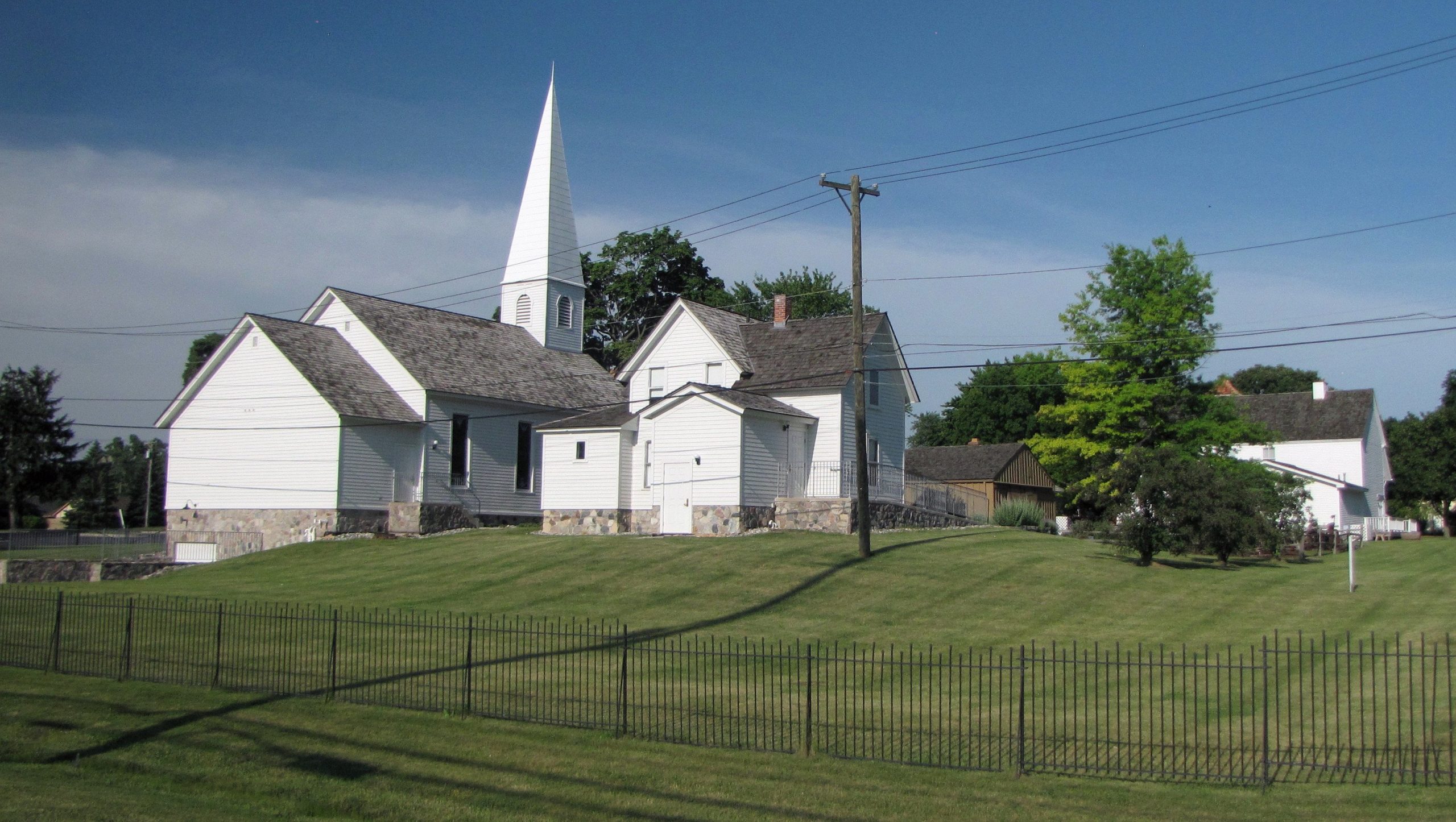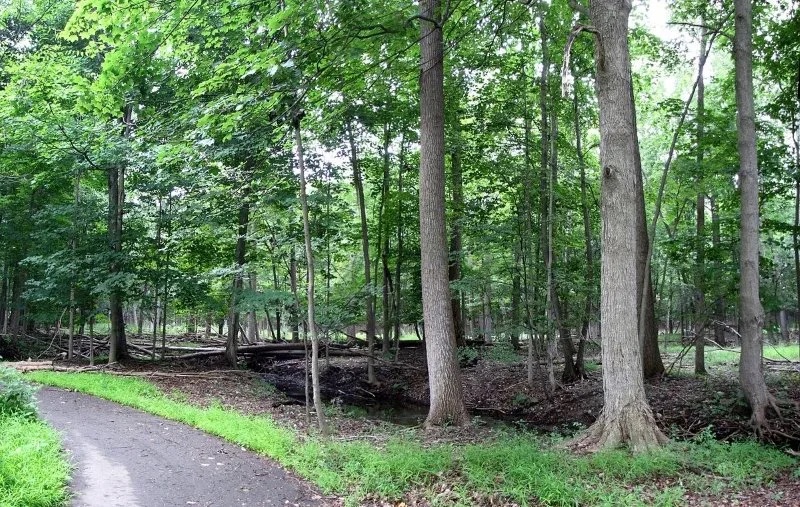Troy, Michigan
Troy is a city in Oakland County, Michigan, United States. Its population was 87,294 at the 2020 U.S. census, making Troy the most populous city in the county and the 13th most-populous municipality in the state. Troy is a northern suburb of Metro Detroit, located about sixteen miles northwest of downtown Detroit.
Troy was organized as a township in 1827, and sections of the township incorporated much later into the cities of Birmingham, Clawson, and Royal Oak. The remainder of the township incorporated as the present-day city of Troy in 1955.
Troy has become a business and shopping destination in the region, with numerous office centers and the upscale Somerset Collection mall. In 2011, Troy was ranked the safest city in Michigan and the 19th safest city in the United States. In 2008, Troy was ranked 22nd on a list of "Best Places to Live" in the United States by CNN Money, using criteria including housing, quality of education, economic strength, and recreational opportunities. In 2008, Troy was also ranked as the fourth most-affordable U.S. city with a median household income of approximately $79,000.


Discover the community

History
The earliest recorded purchases of land in what was known as Troy Township occurred in 1819. A couple of years later a settlement known as Troy Corners was established due to Johnson Niles buying 160 acres in the region. The area is currently the north-central area of Troy. In 1827 Troy Township was established. In 1955, Troy was officially incorporated primarily as a strategy for preventing border cities from taking more land.
It was named after Troy, New York and the ancient city of Troy, as many of the early settlers, as in much of Michigan, originated from New York.
Culture
The Troy Historic Village is a fully interactive historical museum chronicling the different stages of Troy's progression from its first settlers to the city it has become today. Located at the corners of Livernois Road and Wattles Road, the village is located behind the old city hall building. Open year-round, the village has ten original, complete structures which patrons may enter and observe how they functioned in the past and how they were decorated, as all buildings are full of artifacts from that period. Each structure is original and was painstakingly moved from its original location to the museum intact. Starting with a log and mud structure used by the first settlers, there is also an 18th-century schoolhouse and estate, a general store, a blacksmith's shop, a church along with the pastor's home, and the old city hall, which acts as a general museum. There is a gazebo in the center of the square which will host parties and period bands during annual festivities. Many schools from around the area plan field trips to the museum, and the church is also available for weddings.
In the summer of 2005, to commemorate the city's 50th anniversary, ceramic beaver statues, each standing four feet (1.2 m) high, were displayed at various locations in the city. The beaver is the symbol of Troy, and the city's main commercial thoroughfare (Big Beaver Road) is named after it.
Education
Colleges and Universities
Troy is home to Walsh College, a business-oriented school, as well as branches for the University of Phoenix, Northwood University, Central Michigan University, Spring Arbor University, and the International Academy of Design and Technology. Michigan State University also has its Management Education Center (Eli Broad College of Business) located off of I-75 near the intersection of Crooks Rd. and Square Lake Rd.
Primary and Secondary Schools
There are 7 different school districts serving the city of Troy; however, Troy School District serves the majority of the limits. The district has multiple elementary schools, four middle schools, and two zoned high schools: Troy High School and Athens High School.
There are also three school districts that have sizable portions of territory in Troy and that operate at least one elementary school within the city; these are Avondale School District, in the north and northwest most portion of the city, Birmingham City School District, in the southwest most portion, and Warren Consolidated Schools, in the southeast, which operates Susick Elementary within the city. These districts operate Woodland Elementary, Pembroke Elementary, and Susick Elementary, respectively.
In addition, there are two other school districts within the city that have residential territory there, those being Bloomfield Hills School District, with a portion of the northwest part of the city, and Royal Oak School District, which has a very small portion of the southern part of the city. Finally, a small area of commercial property[ also in the south lies within the borders of Lamphere Public Schools.
The Troy School District also hosts the eastern campus of the International Academy, currently ranked 7th in the Newsweek rankings of the best public high schools in the United States. The school has been located in the older Baker Middle School building since the beginning of the 2008–2009 academic year. Previously, Troy sent students through the class of 2011 to the central IA campus in Bloomfield Hills.
Private schools:
- Bethany Christian School
- Brookfield Academy
- Oakland Children's Academy
- St. Mark Christian Academy
- Troy Adventist Academy
Parks
City of Troy Parks include a variety of amenities and a mixture of open space, woodlands, rivers, lakes and recreational facilities. You will find soccer fields, ball diamonds, disc golf courses, shore fishing, outdoor exercise equipment, tennis courts, basketball courts, natural and paved walking pathways, play structures and swing sets, a skate park, picnic areas and pavilions.
List of Neighborhood Parks:
- Beach Road Park
- Beaver Trail Park
- Brinston Park
- Phillip J. Huber Park
- Milverton Park
- North Glen Park
- Redwood Park
- Robinwood Park
- Schroeder Park
- Sylan Geln Lake Park
List of Community Parks
- Boulan Park
- Firefighters Park
- Donald J. Flynn Park
- Jaycee Park
- Raintree Park
- Troy Skate Park



93
Livability
A+
Amenities
A
Housing
A+
Crime
A+
Education
B
Employment
A
Housing
A+
Weather
Discover places
Michiganders will show you where they’re from by holding up a hand and pointing to the makeshift mitten-shaped map. A suburb of Detroit, Troy, MI is just below the thumb. It’s in the heart of “Automation Alley,” with global automotive technology and manufacturing key industries buffering the local economy. The Somerset Collection, a mall with luxury stores, makes Troy a shopping destination for the area.
Top Colleges/Universities: Oakland University in neighboring Rochester.
Top Industries & Employers: Troy is at the center of global automotive technology and manufacturing. Auto parts supplier Magna International of America and Flagstar Bancorp Inc. are top employers.
Weekend Plans: Troy Historic Village offers a calendar full of fun events, from blacksmithing classes to yoga at the museum to folk art workshops. For an adrenaline rush, navigate the indoor ropes course at IRC@TG3, which has rappelling stations and ziplines, too.
Favorite Place to Feast: A melting pot of Asian cuisine is on the menu at Mon Jin Lau, and you can find sushi from this iconic restaurant in local grocery stores.
Beloved Beverage: The Bennie German Bock, which features hints of caramel, can be found at Granite City Brewery.
Outdoorsy Activity: Make a tee time at Sylvan Glen or Sanctuary Lake golf courses.
Rooftop Bar: Sedona Taphouse serves Southwest cuisine and offers lengthy happy hours.
Why Your Pet Will Love It, Too: They can burn off their zoomies at the Daisy Knight Dog Park, which requires a membership.
Remote Work Perk: Take a lunch break at Stage Nature Center. Scenic trails in this nature preserve are all under 1 mile so that you can get a quick walk in on your break.
One More Thing … Troy was first settled in the 1820s by pioneers from New York and other eastern states. They cleared the forests and sowed crops, growing corn, wheat and melons.
– Brittany Anas






